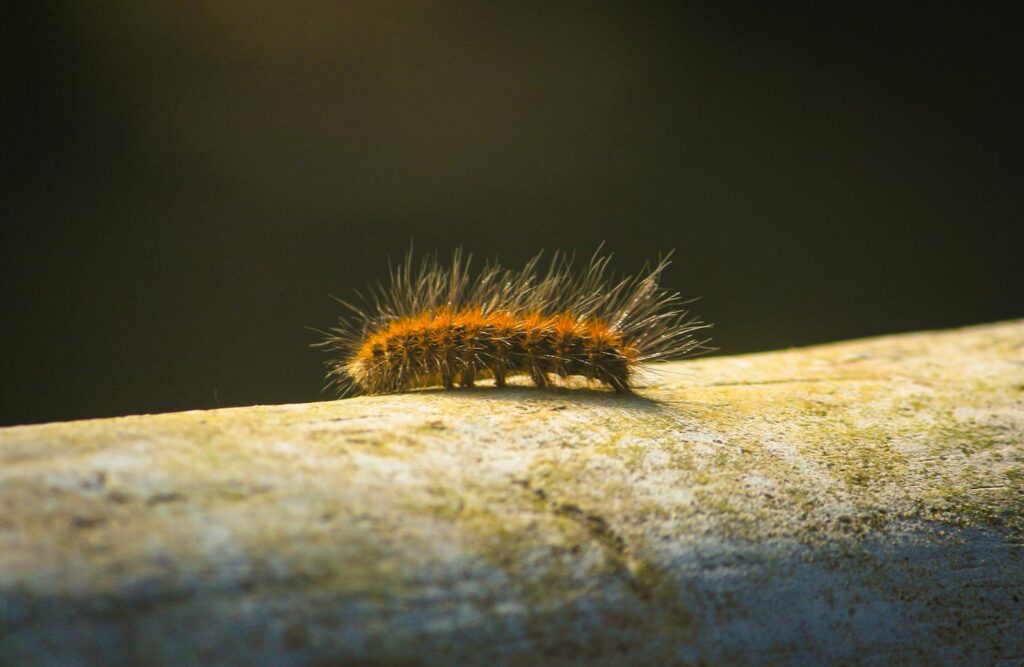In the frozen wastelands of the Arctic, where temperatures plummet to bone-chilling -40°F and darkness reigns for months, most life forms would perish within hours. Yet there’s a creature so remarkable, so impossibly resilient, that it thrives in conditions that would instantly kill almost any other living thing on our planet. The Arctic woolly bear caterpillar doesn’t just survive these brutal winters – it actually freezes solid, essentially dying and coming back to life year after year in one of nature’s most mind-bending survival strategies.
The Ultimate Survival Champions of the North
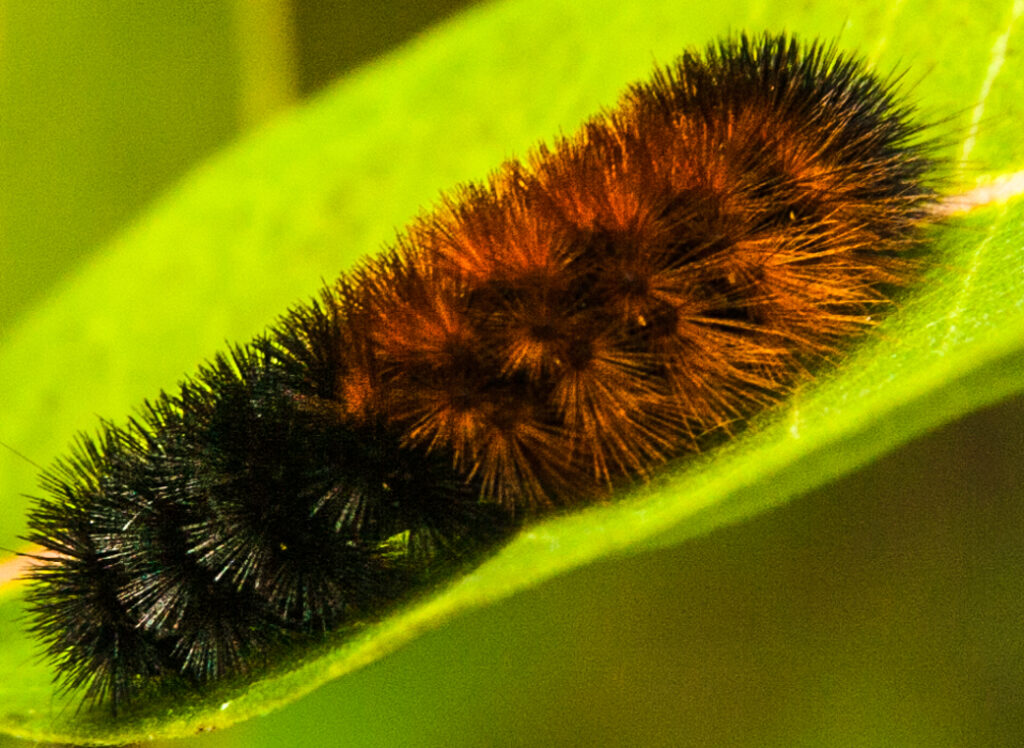
Meet the Arctic woolly bear caterpillar, a fuzzy black and brown creature no bigger than your thumb that has mastered the art of cheating death. These incredible insects spend up to 14 years as caterpillars in the harsh Arctic tundra, freezing solid every winter and thawing out each spring like they’re hitting the snooze button on life itself.
What makes these caterpillars so extraordinary isn’t just their ability to survive extreme cold – it’s their complete transformation into living ice sculptures. When winter arrives, these caterpillars literally become frozen solid, with ice crystals forming throughout their bodies. Their hearts stop beating, their breathing ceases, and by every measure of conventional biology, they should be dead.
But come spring, something magical happens. As temperatures rise above freezing, these seemingly lifeless caterpillars begin to thaw, their bodily functions restart, and they continue munching on Arctic willow leaves as if nothing happened. It’s like nature’s own version of suspended animation, except it’s happening in real life, right here on Earth.
The Science Behind Their Incredible Antifreeze
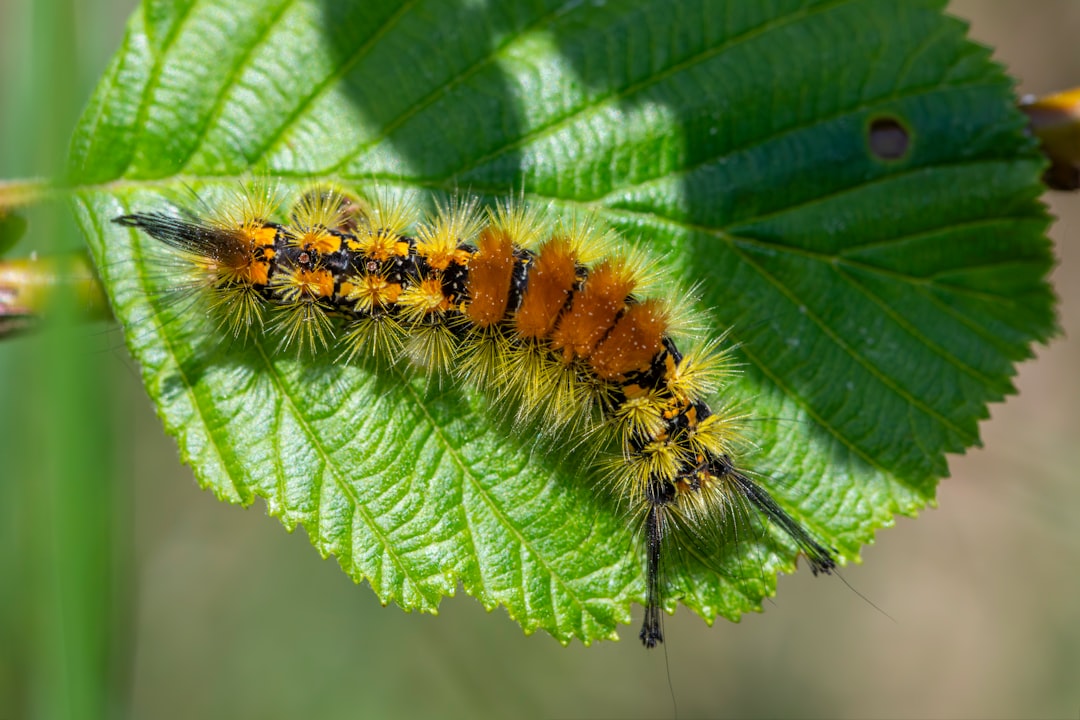
The secret to these caterpillars’ survival lies in their remarkable internal chemistry. Just like how we put antifreeze in our cars to prevent the engine from freezing, these caterpillars produce their own biological antifreeze – a cocktail of specialized proteins and chemicals that work together to protect their vital organs from ice damage.
The primary component of their antifreeze system is glycerol, a sugar alcohol that acts as a cryoprotectant. This incredible substance lowers the freezing point of their body fluids and prevents the formation of large, damaging ice crystals that would normally rupture cell membranes and kill the caterpillar. Instead, their antifreeze allows only small, harmless ice crystals to form in specific areas of their bodies.
But glycerol isn’t working alone – these caterpillars also produce special ice-nucleating proteins that actually encourage controlled ice formation in safe areas of their bodies. It’s like having a sophisticated traffic control system that directs ice formation away from vital organs and into harmless spaces between cells.
Scientists have discovered that these caterpillars can survive with up to 60% of their body water frozen solid, a feat that would be instantly fatal to almost any other creature on Earth. Their antifreeze system is so effective that researchers are studying it for potential applications in organ preservation and even space exploration.
The Longest Growing Season in the Animal Kingdom
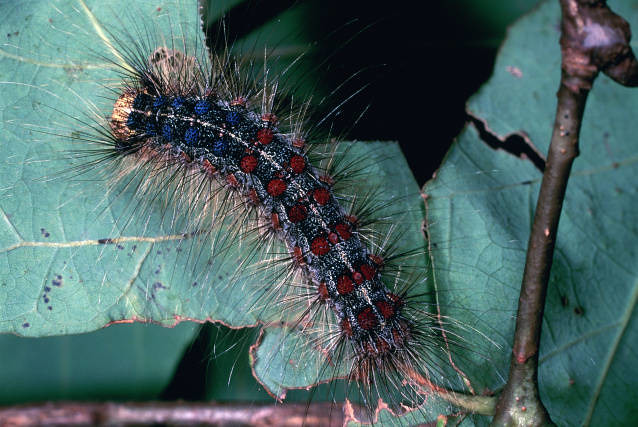
While most caterpillars transform into butterflies or moths within a few weeks or months, Arctic woolly bears have stretched this process to an almost unbelievable extreme. These remarkable creatures can spend up to 14 years as caterpillars, making them the longest-lived caterpillars in the world.
This extended childhood isn’t by choice – it’s a survival necessity. The Arctic growing season is incredibly short, lasting only about 60 to 90 days when temperatures rise above freezing. During this brief window, food is scarce and growing conditions are harsh, so caterpillars can only add a tiny amount of body mass each year.
Think of it like trying to fill a bathtub with a teaspoon while someone else is constantly pulling the drain plug. The caterpillars spend most of their energy just staying alive during the freezing months, leaving little resources for growth and development. This means they must repeat their freeze-thaw cycle year after year, slowly accumulating enough body mass to eventually pupate.
The result is a creature that experiences more than a decade of winters, surviving hundreds of freeze-thaw cycles that would kill virtually any other animal. It’s nature’s ultimate test of endurance, and these caterpillars pass it with flying colors.
Preparing for the Big Freeze
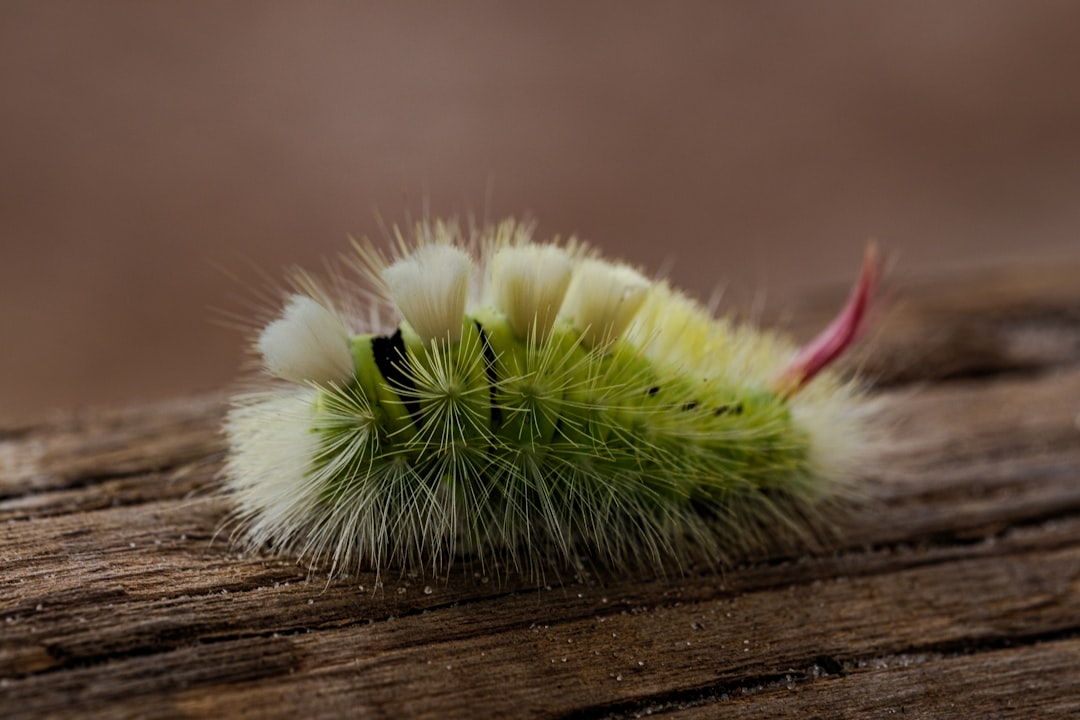
As autumn approaches and temperatures begin to drop, Arctic woolly bear caterpillars enter a fascinating preparation phase that’s crucial for their survival. This isn’t a passive process – the caterpillars actively prepare their bodies for the months-long freeze ahead through a series of remarkable physiological changes.
The first step involves purging their digestive system completely. Any food remaining in their gut could freeze and expand, causing fatal internal damage, so the caterpillars stop eating and eliminate all waste from their bodies. They also begin producing massive amounts of glycerol and other cryoprotectants, essentially turning their blood into antifreeze.
During this preparation phase, the caterpillars also dehydrate themselves significantly, reducing the amount of water in their bodies that could form damaging ice crystals. They seek out protected spots under rocks or in soil crevices where they’ll be somewhat shielded from the worst of the Arctic winds.
Perhaps most remarkably, they begin shutting down non-essential bodily functions in a carefully orchestrated sequence. Their metabolism slows to almost nothing, their heart rate drops dramatically, and their breathing becomes so shallow it’s barely detectable. It’s like watching a living creature voluntarily enter a state of suspended animation.
The Incredible Freezing Process
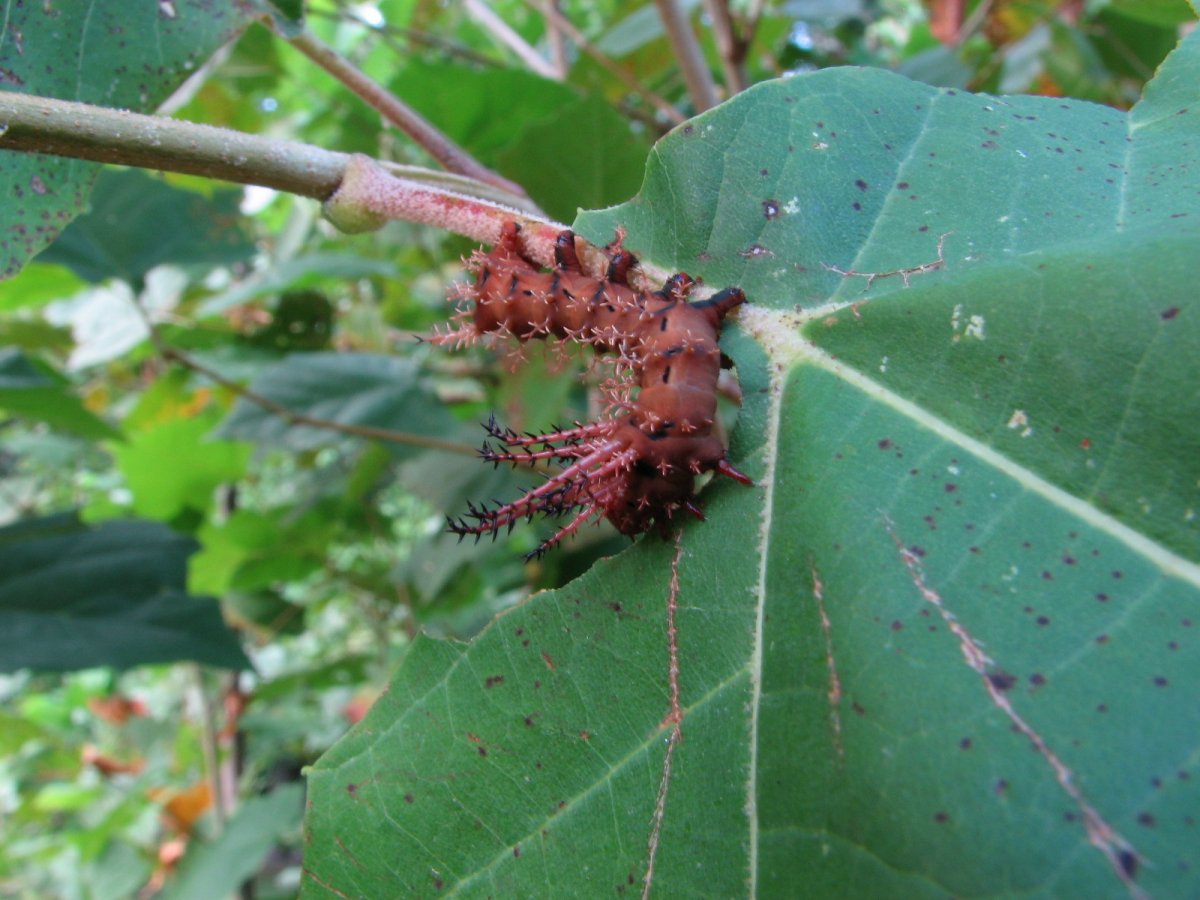
When winter truly arrives and temperatures plummet below freezing, the caterpillars begin their transformation into living ice sculptures. This process is both gradual and dramatic, as their bodies slowly freeze from the outside in over the course of several hours or days.
The freezing doesn’t happen all at once – it’s a controlled process that starts with the caterpillar’s extremities and works its way toward the core. Their specialized antifreeze proteins guide ice formation to safe areas between cells, while protecting vital organs from damage. The caterpillars’ movements become sluggish, then stop entirely as their nervous system shuts down.
As the freezing progresses, the caterpillars’ bodies become rigid and brittle, taking on an almost ceramic-like quality. If you were to tap a fully frozen caterpillar, it would make a sound like tapping a piece of ice. Their bodies can withstand temperatures as low as -70°F, far colder than most Arctic winters.
During this frozen state, the caterpillars show no signs of life whatsoever. Their hearts don’t beat, they don’t breathe, and they don’t respond to stimuli. By every conventional measure, they appear to be dead – yet something miraculous is happening at the cellular level that allows them to return to life when conditions improve.
Life in the Frozen Zone
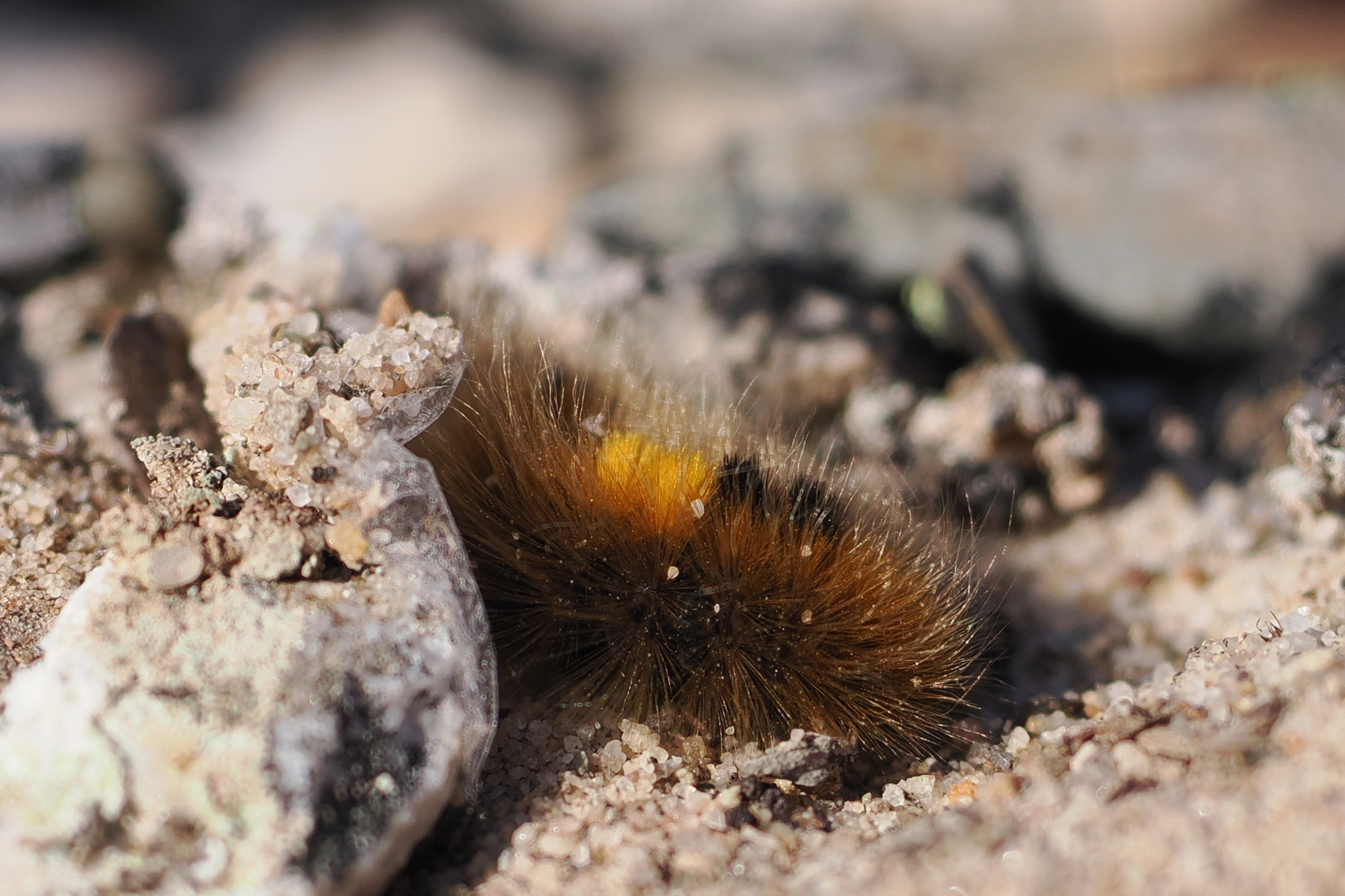
For eight to ten months each year, Arctic woolly bear caterpillars exist in a state that challenges our understanding of life itself. During these frozen months, they experience no consciousness, no dreams, no awareness of the passage of time – they simply exist in a state of perfect preservation.
The caterpillars’ frozen bodies are incredibly resilient during this period. They can withstand being buried under snow, blown by hurricane-force winds, and subjected to temperature swings that would shatter most materials. Their specialized antifreeze system keeps them stable even when ambient temperatures fluctuate wildly.
Research has shown that during this frozen state, the caterpillars’ cellular activity doesn’t completely stop – it slows to an almost imperceptible crawl. Some basic metabolic processes continue at an extremely reduced rate, just enough to maintain the integrity of their cellular structures. It’s like having a pilot light that keeps the furnace ready to restart.
What’s particularly fascinating is that the caterpillars can remain frozen for much longer than normal if spring arrives late or if they’re kept in consistently cold conditions. Scientists have successfully kept Arctic woolly bears frozen for over a year in laboratory conditions, and they still revived normally when thawed.
The Miraculous Spring Awakening
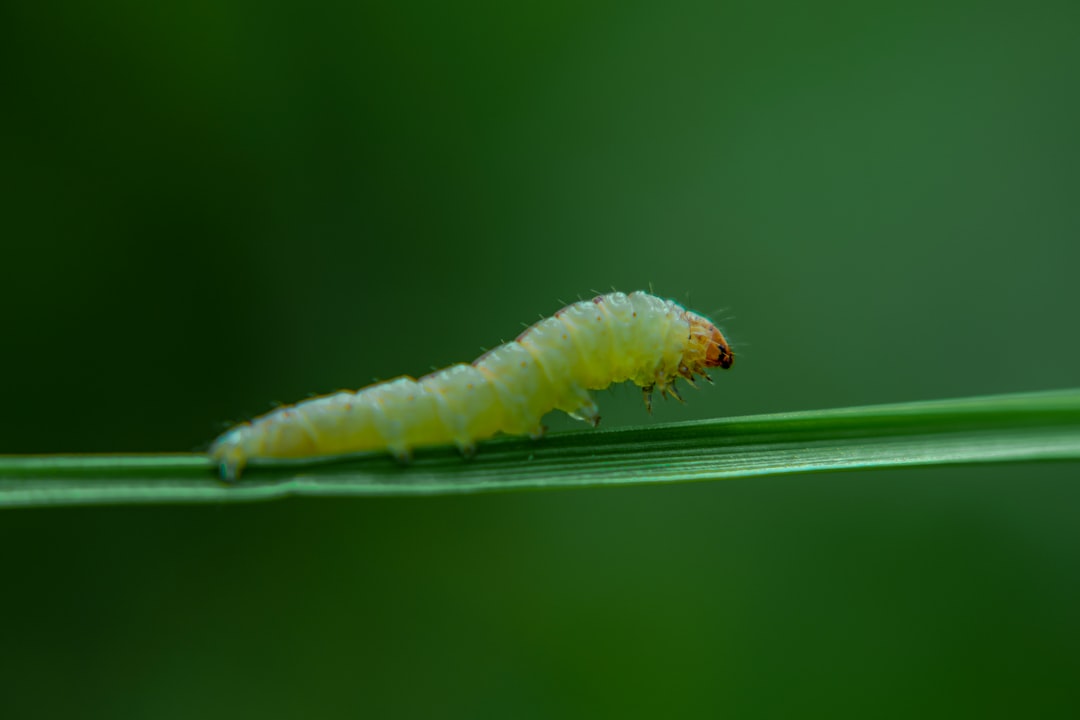
When spring finally arrives in the Arctic and temperatures begin to rise above freezing, one of nature’s most incredible resurrection stories unfolds. The process of thawing and returning to life is just as remarkable as the original freezing process, requiring precise timing and cellular coordination.
As the caterpillars’ bodies warm up, the thawing process begins from the outside and works its way inward. Their antifreeze proteins help manage this process, preventing the formation of damaging ice crystals as their body water transitions from solid back to liquid. The caterpillars’ extremities begin to soften first, followed by their internal organs.
The moment when a caterpillar first shows signs of life after months of being frozen solid is truly magical. It might start with a barely perceptible twitch, then slowly more coordinated movements as their nervous system comes back online. Their hearts begin beating again, their breathing resumes, and gradually they begin to respond to their environment.
Within hours of thawing, the caterpillars are typically mobile again and ready to resume their search for food. They show no apparent ill effects from their months-long frozen state, immediately returning to their normal behaviors as if they’d simply taken a very long nap. It’s one of the most remarkable comebacks in the natural world.
Arctic Cuisine and Feeding Strategies
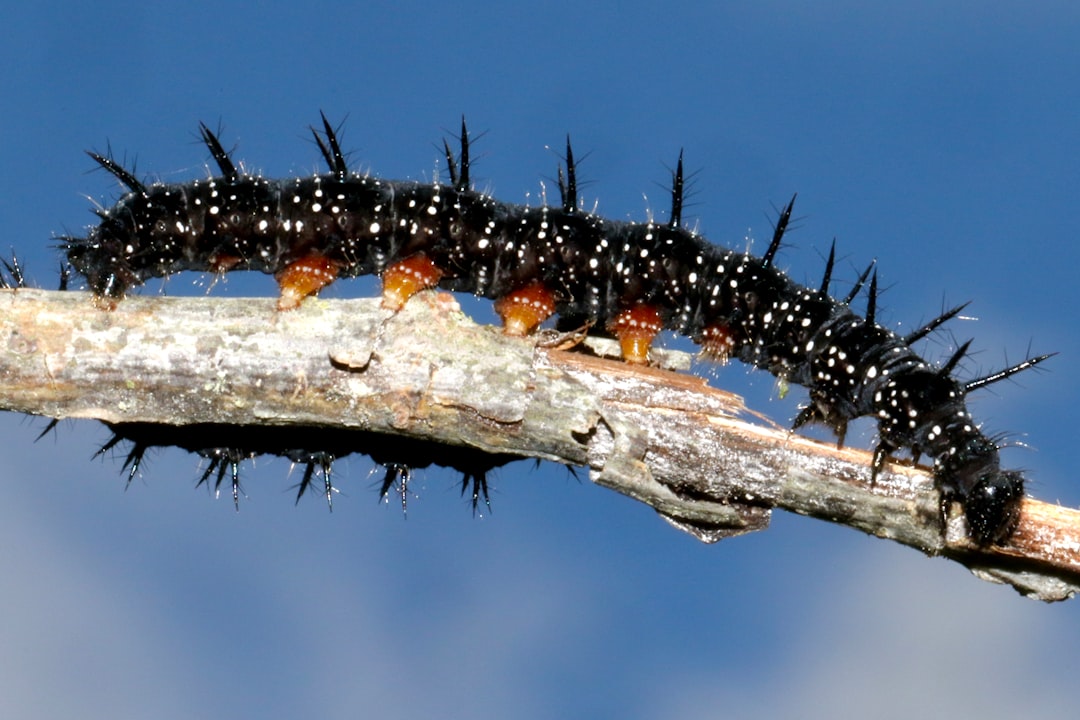
During their brief active periods, Arctic woolly bear caterpillars face the challenge of finding enough food to sustain themselves through another year-long freeze. Their diet consists primarily of Arctic willow leaves, along with various other hardy plants that can survive in the extreme northern environment.
These caterpillars are opportunistic feeders, meaning they’ll eat whatever plant material is available during the short growing season. They’ve been observed consuming flowers, leaves, and even decaying plant matter when fresh vegetation is scarce. Their digestive systems are remarkably efficient, extracting maximum nutrition from whatever food they can find.
The timing of their feeding is crucial – they must consume enough calories not only to fuel their immediate activities but also to build up the energy reserves needed to survive the coming winter. This means they’re essentially trying to eat a year’s worth of food in just a few months, while also producing the specialized chemicals needed for their antifreeze system.
Interestingly, these caterpillars have developed the ability to continue feeding even at temperatures just above freezing, allowing them to maximize their food intake during the brief periods when temperatures are suitable for both plant growth and caterpillar activity. They’re remarkably efficient at converting plant material into the glycerol and other compounds that will keep them alive through the winter.
The Transformation Challenge
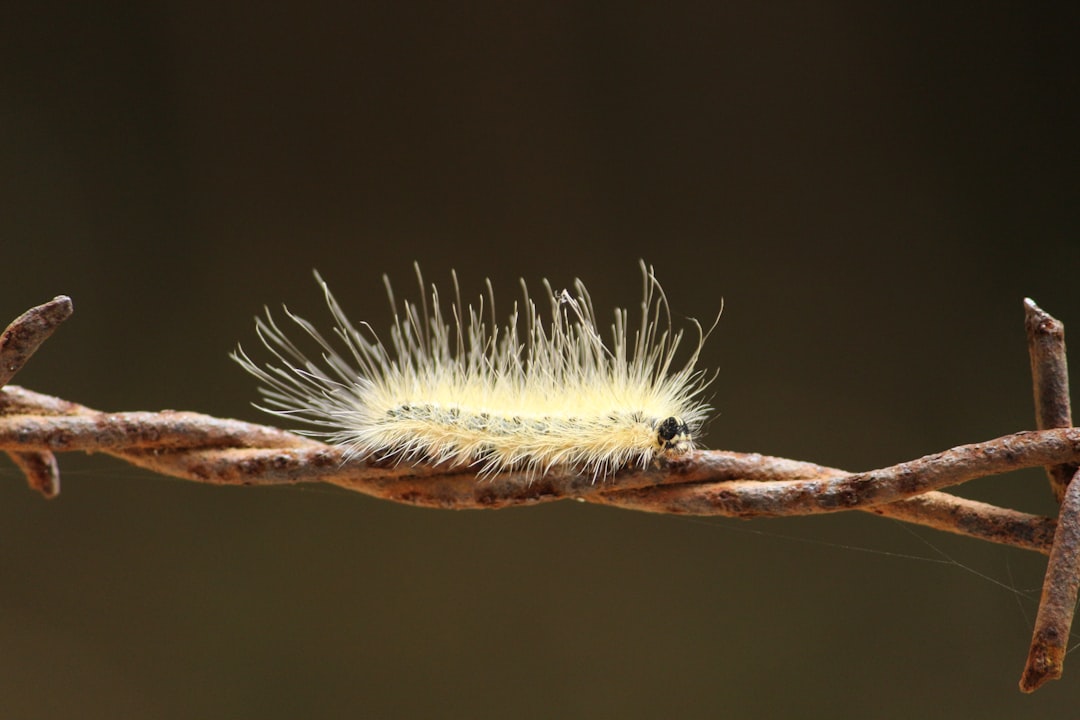
After spending up to 14 years as caterpillars, Arctic woolly bears finally reach the size and energy reserves needed to begin their transformation into adult moths. This process, called pupation, presents unique challenges in the harsh Arctic environment that don’t exist for caterpillars in more temperate climates.
The caterpillars must time their pupation perfectly with the brief Arctic summer, as this is the only period when they can complete their transformation and emerge as adult moths. They spin a cocoon and begin the remarkable process of metamorphosis, breaking down their caterpillar body and rebuilding it into an entirely different form.
During pupation, the developing moth faces the same risk of freezing as the caterpillar, but with a crucial difference – pupae are much more vulnerable to freeze damage than caterpillars. The partially transformed tissues inside the cocoon lack the sophisticated antifreeze systems that protect the caterpillar stage, making timing absolutely critical.
If pupation begins too early or too late in the season, the developing moth may not survive the winter. This creates intense evolutionary pressure for perfect timing, and only those caterpillars that have accumulated enough resources and can time their transformation correctly will successfully become adults.
Adult Life in the Arctic
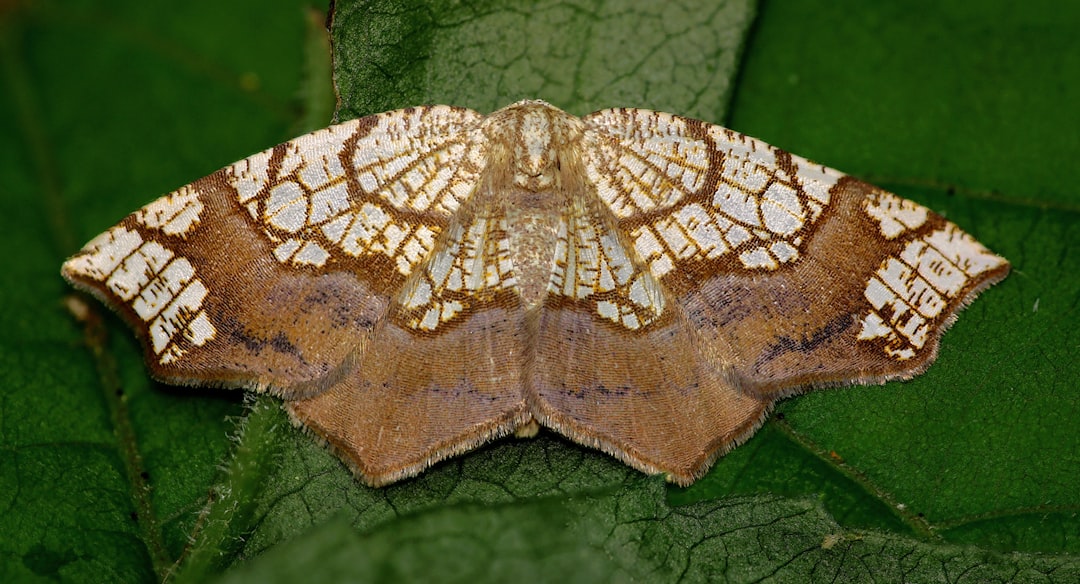
After spending over a decade as a caterpillar, the adult Arctic woolly bear moth emerges for what is perhaps the most rushed life stage in the animal kingdom. These moths have only a few weeks to find a mate, reproduce, and lay eggs before the harsh Arctic winter returns.
Adult Arctic woolly bear moths are strikingly beautiful creatures, with furry bodies and wings that help them retain heat in the cold Arctic air. Unlike their caterpillar stage, the adult moths cannot survive freezing temperatures, so they must complete their entire adult life cycle during the brief Arctic summer.
The adults don’t even have functional mouthparts – they don’t eat at all during their adult stage. Instead, they rely entirely on the energy reserves they accumulated during their incredibly long caterpillar phase. This puts enormous pressure on them to find mates quickly and lay eggs before their energy reserves are depleted.
Female moths can lay hundreds of eggs, which will hatch into tiny caterpillars that will then begin their own 14-year journey through the Arctic freeze-thaw cycle. It’s a reproductive strategy that seems almost impossibly risky, yet it has allowed these remarkable creatures to thrive in one of Earth’s most challenging environments.
Scientific Discoveries and Research

Scientists have been fascinated by Arctic woolly bear caterpillars for decades, and research into their survival mechanisms has led to some groundbreaking discoveries with potential applications far beyond understanding insect biology. The caterpillars’ antifreeze system has inspired research into better organ preservation techniques for human medicine.
Researchers have identified the specific proteins and compounds that make up the caterpillars’ antifreeze system, and they’re working to synthesize these substances for use in preserving human organs for transplantation. The caterpillars’ ability to survive with such a large percentage of their body water frozen could revolutionize how we preserve biological tissues.
Studies have also revealed that these caterpillars have evolved specialized cellular repair mechanisms that fix damage caused by the freeze-thaw process. Understanding these repair systems could lead to treatments for cellular damage in humans, particularly damage caused by extreme cold exposure or certain medical conditions.
The caterpillars’ research has also contributed to our understanding of climate change impacts on Arctic ecosystems. As global temperatures rise, scientists are studying how changing winter conditions might affect these remarkable creatures and their ability to survive their extended freeze-thaw cycles.
Climate Change and Arctic Survival
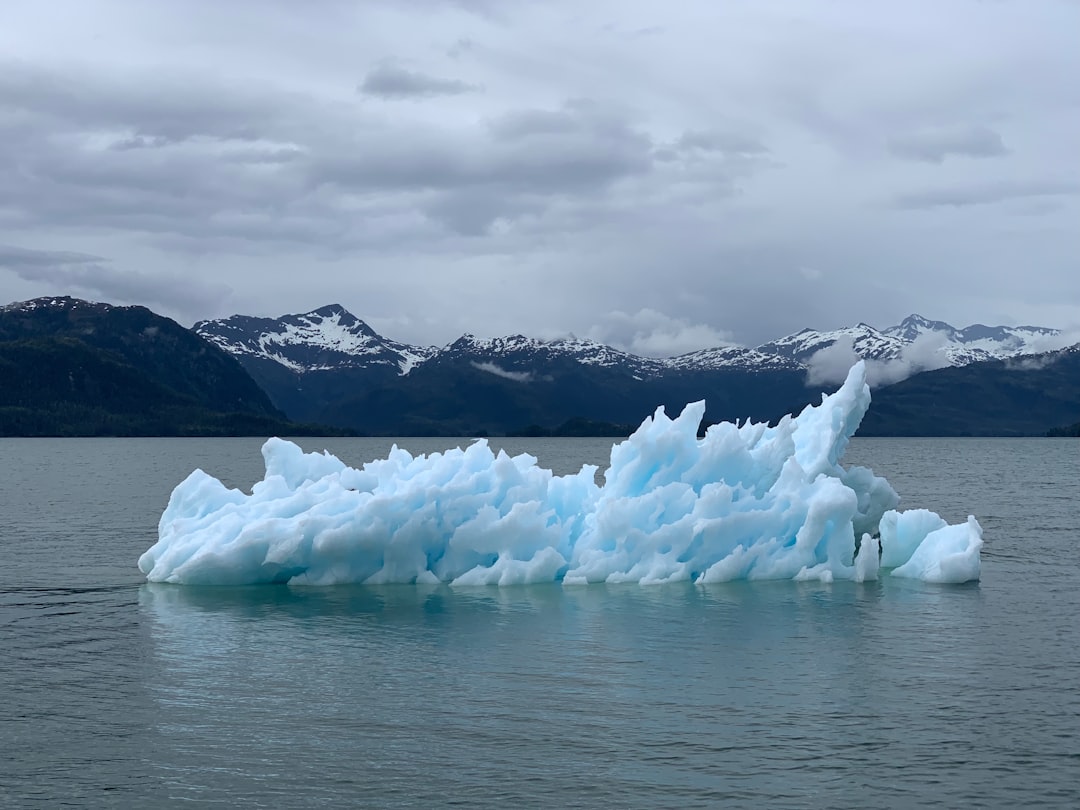
Arctic woolly bear caterpillars face new challenges as climate change alters the Arctic environment they’ve adapted to over millions of years. Rising temperatures and changing precipitation patterns are creating conditions that these remarkable survivors have never encountered before.
One of the most significant threats is the increasing frequency of mid-winter warm spells, which can cause caterpillars to thaw out when they should remain frozen. If a caterpillar thaws during winter and then refreezes, it may deplete its energy reserves or suffer cellular damage that prevents successful revival in spring.
Changes in the timing and duration of the Arctic growing season are also affecting these caterpillars. Earlier springs and later winters might seem beneficial, but the caterpillars’ life cycle has evolved to match specific seasonal patterns. Disruptions to these patterns could affect their ability to time their pupation correctly or accumulate sufficient energy reserves.
Researchers are closely monitoring Arctic woolly bear populations to understand how they’re responding to these environmental changes. Some populations appear to be adapting by adjusting their freeze-thaw timing, while others are showing signs of stress from the changing conditions.
Conservation and Protection Efforts
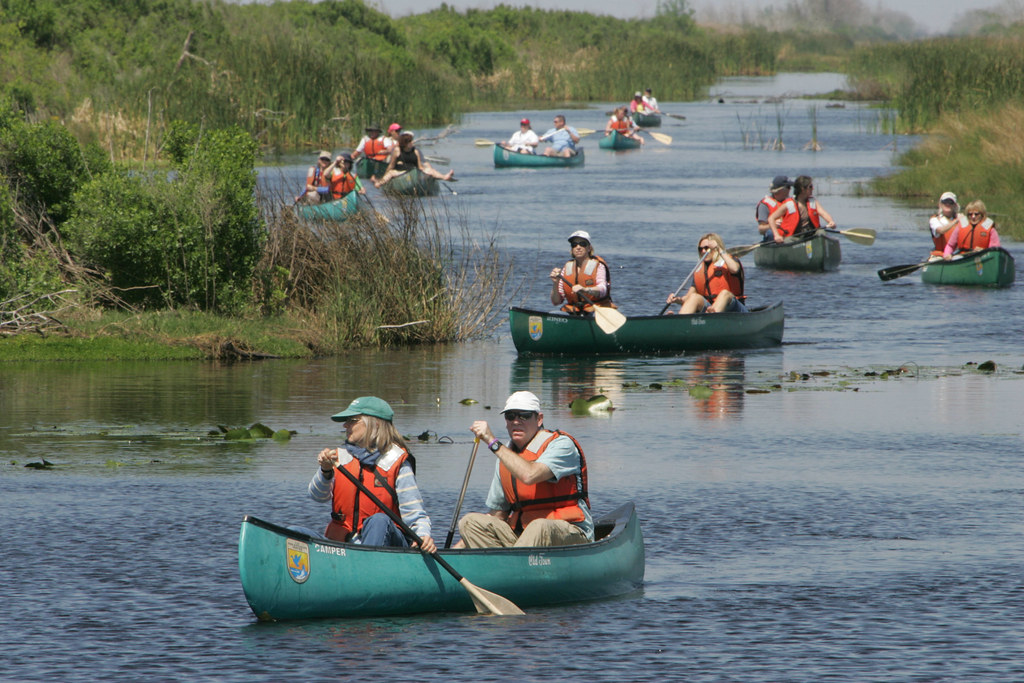
Despite their incredible survival abilities, Arctic woolly bear caterpillars face threats from human activities and environmental changes that could impact their populations. Conservation efforts are underway to protect both the caterpillars themselves and the Arctic habitats they depend on.
The primary conservation strategy involves protecting Arctic willow habitats and other plants that the caterpillars depend on for food. Climate change and human development in the Arctic are reducing the availability of these crucial food sources, making habitat protection essential for the caterpillars’ survival.
Researchers are also working to establish breeding programs and genetic reserves to preserve the caterpillars’ unique adaptations. The specialized genes that allow these creatures to survive freezing could be lost if populations decline, taking with them millions of years of evolutionary adaptation.
International cooperation is crucial for protecting these remarkable creatures, as they range across multiple Arctic nations. Scientists from different countries are collaborating to share research findings and coordinate conservation efforts across the caterpillars’ entire range.
Conclusion
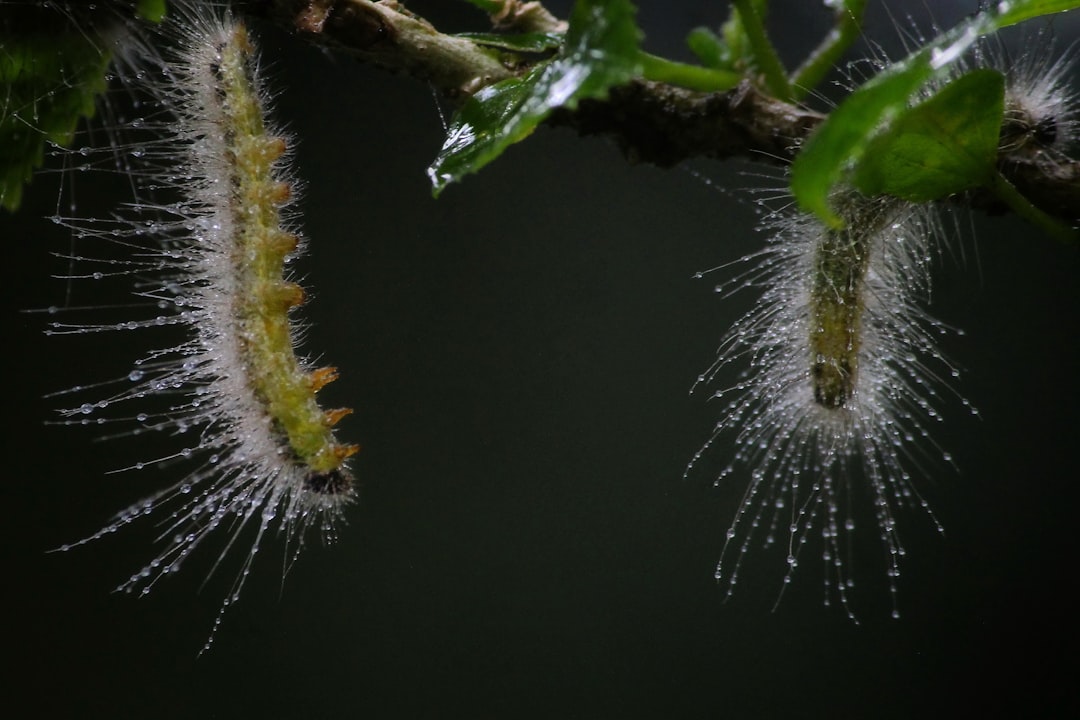
Arctic woolly bear caterpillars represent one of nature’s most extraordinary survival stories, demonstrating that life can persist in even the most extreme conditions through remarkable adaptations. Their ability to freeze solid and return to life challenges our understanding of what it means to be alive, while their decades-long life cycle showcases the incredible lengths evolution will go to ensure survival.
These remarkable creatures offer valuable insights into cellular preservation, climate adaptation, and the resilience of life itself. As we face our own environmental challenges, the Arctic woolly bear caterpillar serves as a powerful reminder of nature’s incredible problem-solving abilities and the importance of protecting the planet’s most extreme and fragile ecosystems.
The next time you complain about a cold winter day, remember these tiny warriors who turn freezing solid into an art form, spending years of their lives as living ice sculptures before finally emerging as beautiful moths for one brief, shining moment in the Arctic sun. What other secrets might these frozen survivors still have to teach us about the incredible possibilities of life on Earth?

